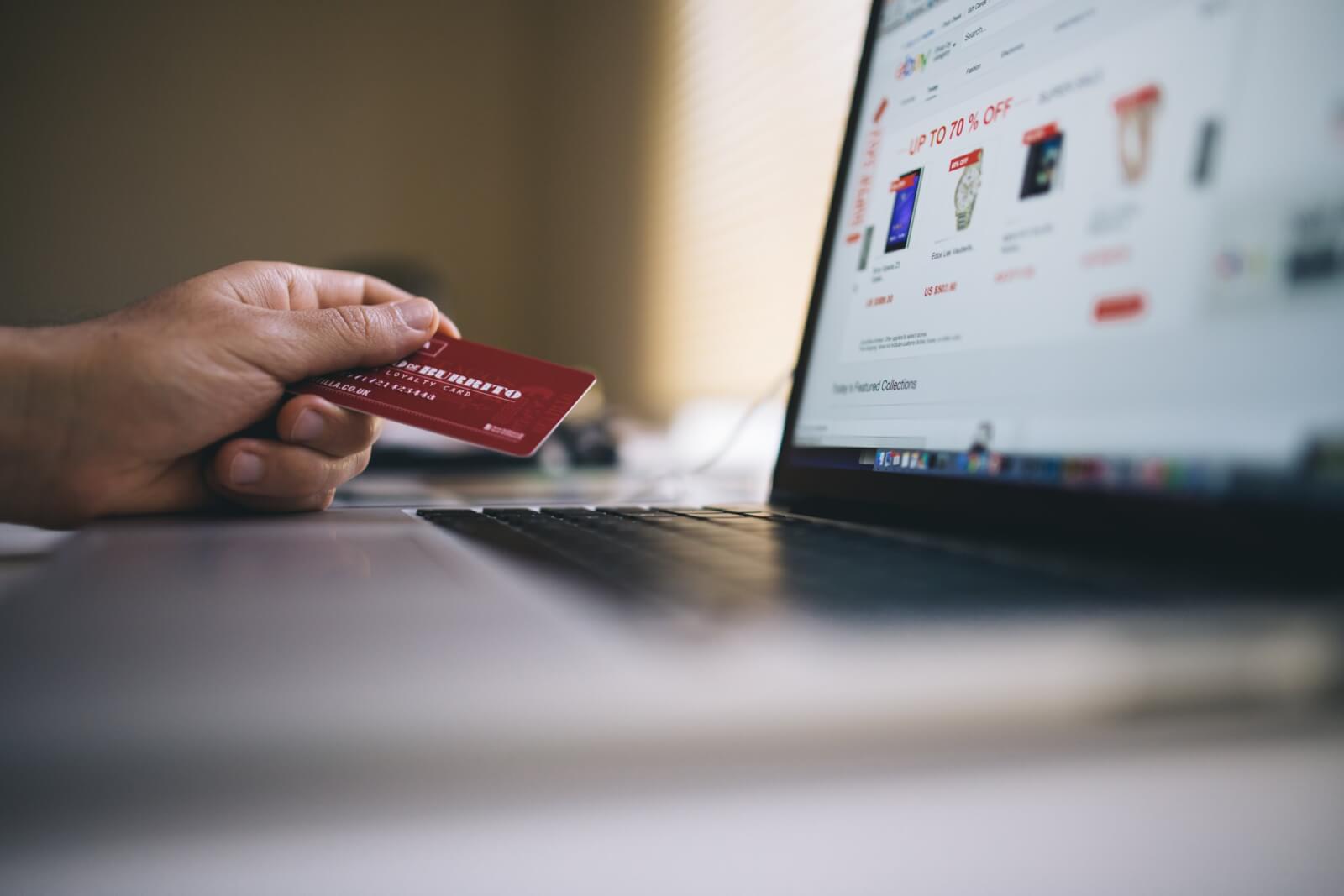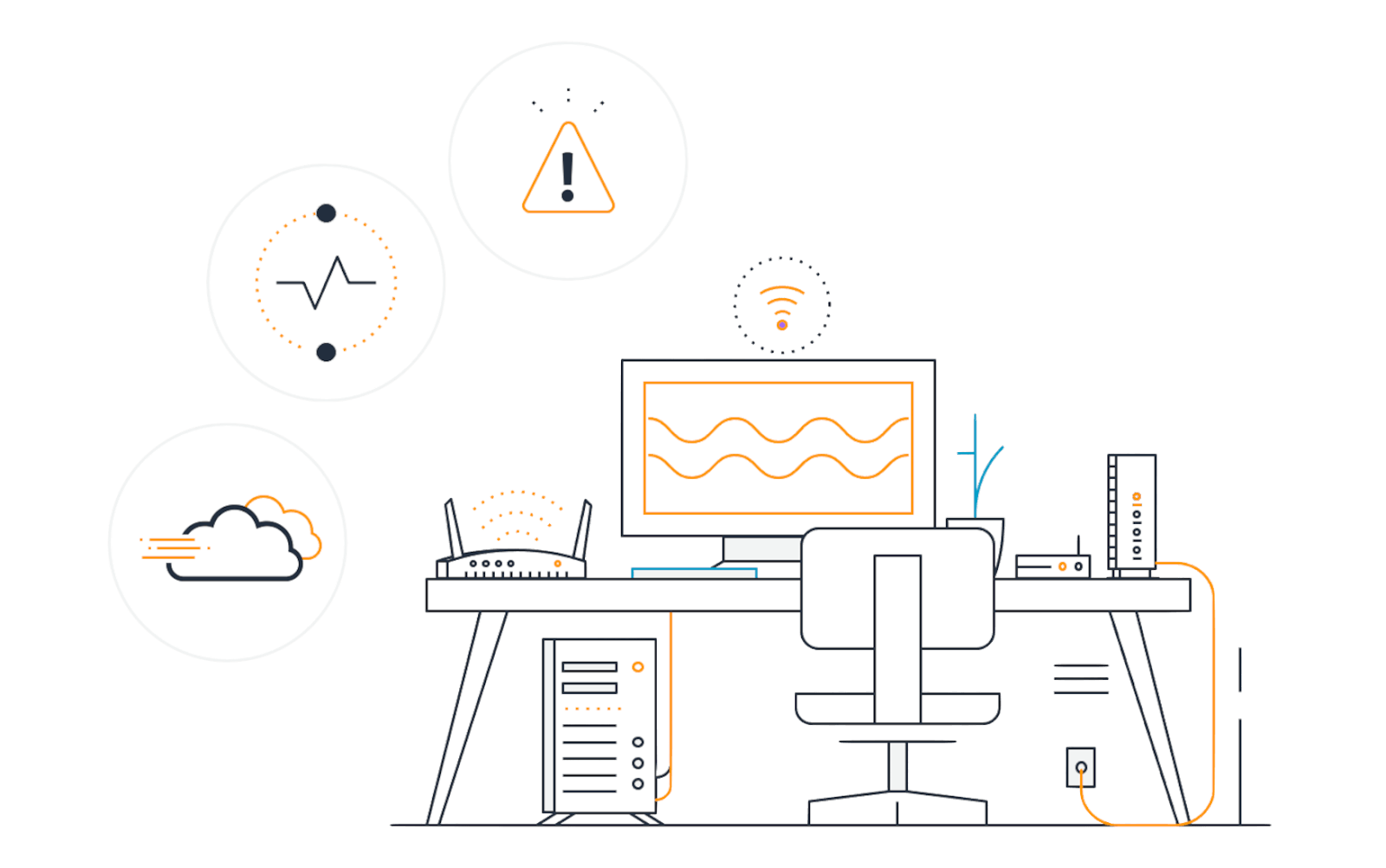 The Internet of Things (IoT) connects us with a multitude of devices and sensors that work together to create a cohesive user experience. Whether it’s self-driving cars or easier ways to pay and monitor your parking meter, the IoT is beginning to transform the world around us. And with the amount of real-time data generated by IoT, the world of marketing is changing rapidly too.
The Internet of Things (IoT) connects us with a multitude of devices and sensors that work together to create a cohesive user experience. Whether it’s self-driving cars or easier ways to pay and monitor your parking meter, the IoT is beginning to transform the world around us. And with the amount of real-time data generated by IoT, the world of marketing is changing rapidly too.
IoT has the potential to change the customer experience for the better by prioritizing customer concerns with faster response times and adding value to products and services. Here are five ways IoT is improving marketing.
#1: Upgrading the Customer Experience
Using data generated from IoT applications, we can learn more about our customers to understand how they view our products, services, and brand. We can also optimize how we structure product displays, plan out e-commerce experiences, and advertise items to customers who have an obvious preference based on historical purchase behaviors. Amazon gives their customers “Dash buttons” so that the customer can place an order with the touch of a button when they remember they need a detergent refill or another delivery of a pre-picked grocery order.

This allows Amazon to meet their customers where they are without forcing them to find their phone, open the Amazon app, and take steps to place an order. Not only do Dash buttons save time and effort for the customer, but they also generate more revenue for Amazon through customer loyalty and repeat orders.
#2: Developing Customized Experiences
One of IoT’s biggest strengths is its usefulness in creating customized experiences and products for customers. Knowing the customer’s purchase intent, buying behaviors, and return patterns, we can use it to inform digital marketing and advertising strategies. We can also recommend more items that the customer is less likely to return. According to a significant majority of retailers surveyed, IoT has been shown to positively impact the customer experience, giving the retailers an immense advantage over competitors who don’t use IoT to glean information about their customers.
For example, McDonald’s collaborated with San Diego-based Piper, a Bluetooth beacon company, to greet customers on their smartphones when they entered the restaurant. In exchange for completing a survey, McDonald’s offered the customer a coupon to use at the counter. But the best part about the experience is that the surveys were sent to the manager while the customer was still in the restaurant, allowing the manager to quickly fix things and make amends before the customer left. This is as close to real-time customer support as it gets.
#3: Optimizing Pricing and Profits
IoT can help your business change up pricing strategies and product deelopment. Rolls-Royce has outfitted its airplane engines with integrated sensors that transmit the engine’s status and performance metrics in real-time to an IoT system. The company can watch over every engine and charge customers for replacement, repairs, and maintenance services at a fair price to both the business and the customer. This also lifts the burden off of the customer to keep a steady maintenance schedule of their own, and the business can offer an “engine-as-a-service” monthly subscription.
Rolls-Royce’s engine-as-a-service model bundles the engine’s base cost with potential repairs and maintenance fees using data analytics that tracks and monitors fuel consumption as an engine usage metric. IoT makes possible real-time monitoring of data, control over analytics, and the ability to take action quickly and on the spot. With enough creativity, IoT can unlock new products and pricing models for any company in any industry, making features like remote activation and deactivation a part of the package.
#4: Faster Transactions
Customers have shifted their views of online shopping from “Is shopping online secure?” to wanting a quick and smooth checkout experience. Marketing experts predict that the customer experience will grow so large in importance that it may leave pricing and product offering behind in determining the efficacy of a marketing strategy. IoT-enabled mobile apps can deliver the best customer experience at the right moment, and since it’s IoT, you don’t have to serve up a delayed experience; you can make an impression in real-time.
Walgreens partnered with Google Tango and Aisle411 to create an IoT-enhanced platform that offers customers a responsive customer experience. The platform offers a mobile shopping podium that allows customers to search for what they came to buy and locate it in the online and physical store for more convenience. The app allows customers to find what they’re looking for without finding an employee to ask for help. In return, the app gives customers relevant and personalized marketing offers and coupons.
Hilton Hotels use IoT as part of a high-end customer experience package for guests. It offers guests the ability to check-in to their room and get their room key by using only their smartphone. The app tracks small data metrics, like how many pillows the guests used, if they ordered room service, and much more.
#5: Connecting Products Together
Seamlessly connecting products together is the ultimate customer benefit and one of the best IoT features for customers. If your business can think how users think, you can create business relationships with seemingly unrelated companies and create an amazing customer experience. For example, for premium Spotify users, their playlists will automatically load whenever the customer boards an Uber ride. This takes away some of the interaction of asking your driver to connect the car’s Bluetooth to your phone and avoids the possibility of any technical difficulties or frustrations.
IoT Is Integral to the Future of Marketing
Marketing is increasingly becoming more data-driven, and the customer experience is growing as a priority for many businesses. With the added connectivity and tracking that IoT offers, customers will ultimately benefit from a better shopping and support experience, which should positively impact business growth and learnings. The sooner your business can figure out ways to improve your customers’ experience with product connectivity, real-time tracking and analysis, and personalization, the faster it’ll grow in the coming years.






